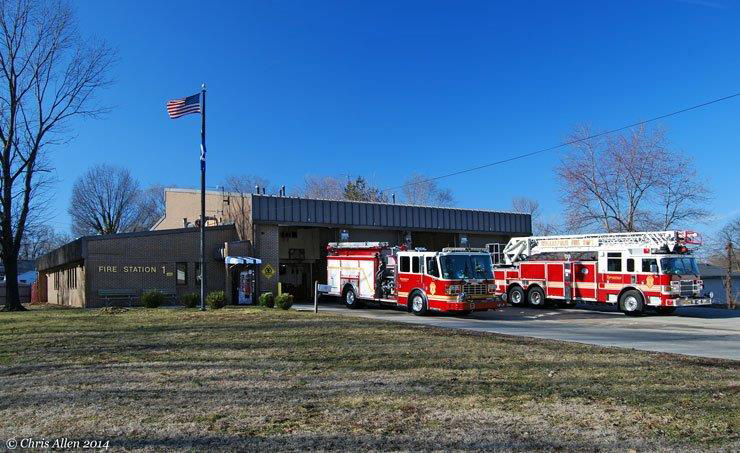
COVID-19 has brought a lot of attention to the need for healthier work environments. The “station house,” by default, is an area that deserves far more attention than it has traditionally received.

As noted fire station architect Paul Erickson so aptly describes in a farming analogy, firefighters are harvesters of bad stuff (carcinogens, viruses, etc.) from the field that they bring to the station house (barn) for consumption and redistribution. There are other aspects of a station house that can improve other health issues such as behavioral health.
Let us examine a few areas. Take the sleeping quarters—i.e., dormitory, bunk room, bedroom, etc. The preference among an open bedroom, individual bedrooms, or an open bedroom with partitions has been debated for decades. When asked my preference, it depended on the day of the week I was asked, as I have flip-flopped back and forth in my mind which is the best. However, for health reasons, I now feel that individual bedrooms are the best. There are those who have adamant thoughts on which is better—almost like the fog nozzle/smooth bore arguments.
The open bedroom is the least expensive approach (at least from a construction aspect), and advocates point out that it adds to the team concept, readily identifies if everyone is up and answering the call when an alarm sounds, promotes uniform tidiness, etc. The arguments against the open dorm are the privacy issues; disturbance of others when a member goes to the restroom; and, of course, the snorer. I am amused by those who strongly advocate for the open dorm policy for esprit de corps but give company officers individual bedrooms.
RELATED
Gooding (ID) Fire Department’s New Station Houses 16 Fire/EMS Vehicles
Fire Station, Housing Colocation Project a First for Vancouver
The open bedroom with partitions solves some of the privacy issues and is a compromise between totally open bedrooms and individual bedrooms. However, in my observations, most partitions are covered with a carpet-type fabric material. This must be one of the worst surface materials to use in a station house because it captures airborne contaminants that are most difficult to remove. And, how often are these partitions cleaned? Probably, somewhere between never and very rarely.
COVID-19 has highlighted another aspect that likely discourages the open dorm design. We all hear about social distancing and see the barriers installed to minimize the spread of micro-droplets expelled from human air exhalation. Most prominent is the face mask and the glass partitions/dividers seen at many checkout counters. It seems logical that this design should carry over to fire station bedrooms. This begs the question, are partitions good enough?
As I advocate for individual bedrooms, I do not advocate for absolute total privacy where there are lockable doors for each bedroom. Maybe each door should swing freely, with no knob or latching mechanism. (That would cut down on noise.) And, perhaps, there should be a small translucent window in each door. The thought is to minimize any “hanky-panky” or create a total hideout for those with behavioral issues.
Most importantly, the individual bedroom (with a properly designed and functioning ventilation system) minimizes the spread of airborne contaminants and viruses. It gives the firefighter control over lighting and any audible and visual equipment and minimizes distractions from other firefighters.
Regardless of the “separation” types or lack thereof for bedrooms, there are other potential health hazards in the sleeping areas that should be minimized. All carpet should be removed. As I mentioned with bed partitions, carpet is the collector of all things unhealthy. It does have the value of better acoustics and feels more comfortable underfoot, but there are ways to overcome these issues.
Alarm notification is another issue that has an impact on firefighter health. Many firefighters suffer from sleep deprivation or lack of quality sleep. A sudden blast over the alerting system combined with bright lights coming on is a shock to the human body system. Alerting systems should be designed so the sound and the lighting start low and ramp up.
Yes, I am now in the camp of those who advocate for individual bedrooms for firefighters. It just seems to be a healthier choice from both a physical and mental disease standpoint.
ROBERT TUTTEROW retired as safety coordinator for the Charlotte (NC) Fire Department and is a member of the Fire Apparatus & Emergency Equipment Editorial Advisory Board. His 40-year career includes 10 as a volunteer. He has been very active in the National Fire Protection Association through service on the Fire Service Section Executive Board and technical committees involved with safety, apparatus, and personal protective equipment. He is a founding member and president of the Fire Industry Education Resource Organization (F.I.E.R.O.).

